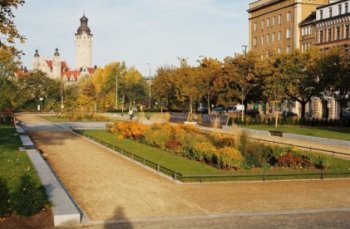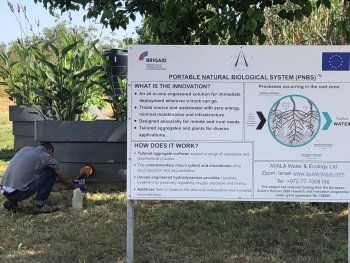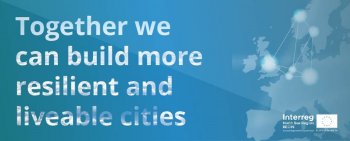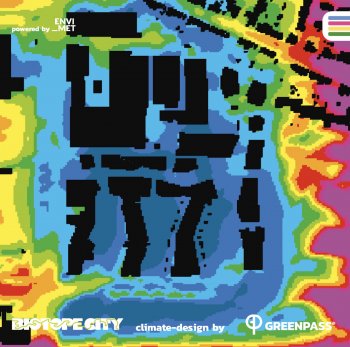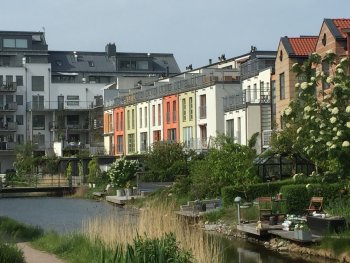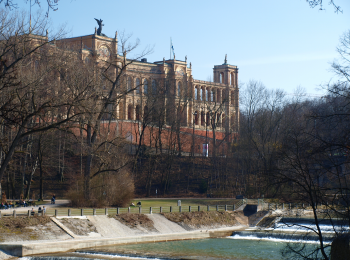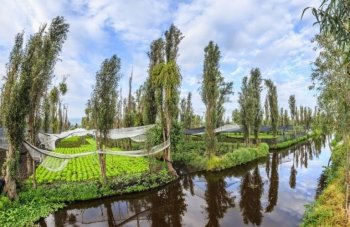Leipzig
Leipzig is a growing city with green ambitions. It is one of Germany's greenest cities with an average of 254 m² green space per inhabitant. Leipzig is highly dynamic, so how can the city maintain or even enhance ecosystem services of green and blue infrastructure under the conditions of urban growth, land use pressure and recompaction? To better understand where urban green infrastructure is under pressure, the Leipzig EnRoute city lab mapped the presence of urban green space at high resolution and combined it with detailed population statistics. The mapping exercise provided an...More

